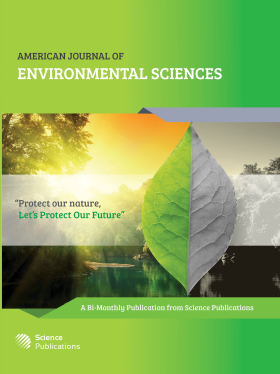Electroosmotic Phenomena in Organic Soils
Abstract
Organic soils or peat represent an accumulation of disintegrated plant remains which have been preserved under condition of incomplete aeration and high water content. In order to develop a fundamental understanding of electroosmotic phenomena in peat, initially microelectrophoresis studies were carried out to conceptualize the electrokinetic phenomena. Then electroosmosis experiments were conducted on rigid cube samples containing 0.0001 M NaCl-water saturated peat. The open-anode and open-cathode systems were employed to the soil samples. Distilled Water (DW) were used as anolyte and catholyte. The experiments were carried out via applications of diffrent DC electrical potentials. The results of microelectrophoresis study showed changes of zeta potential due to the effect of HCl and NaOH. The correlations between zeta potential and pH were found. The negative charge of peat is high pH dependent and the surface charge was dropped to zero at pH around 3. The high degree of decomposition resulted in the higher zeta potential in peat. It was also experimentally found that the electroosmotic flow in peat is feasible. The direction of electroosmotic flows were from the anode to cathode.
DOI: https://doi.org/10.3844/ajessp.2009.310.314

- 5,214 Views
- 5,035 Downloads
- 7 Citations
Download
Keywords
- Electroosmotic flow
- humification
- organic content
- zeta potential
